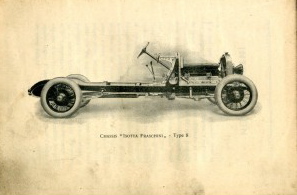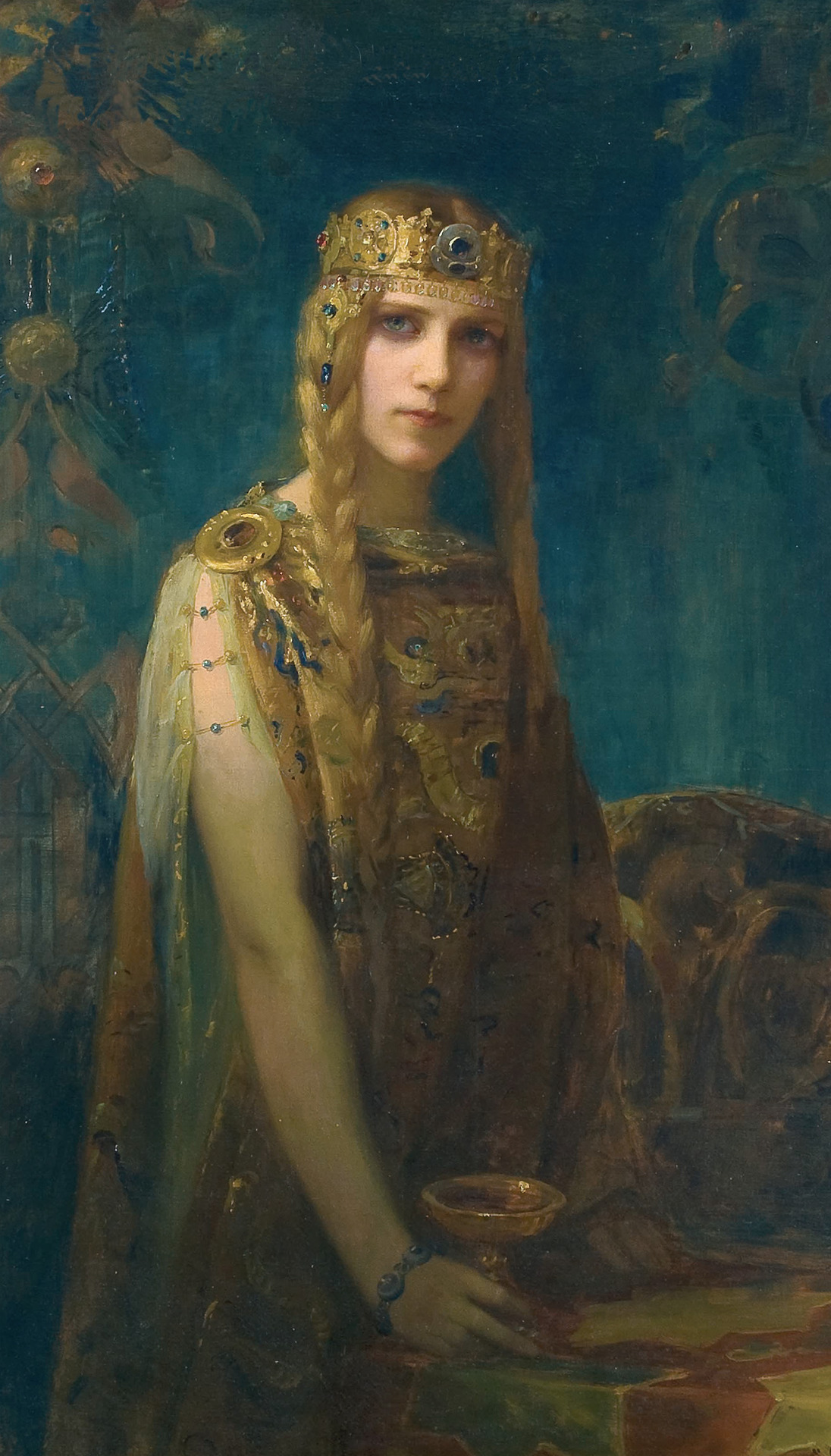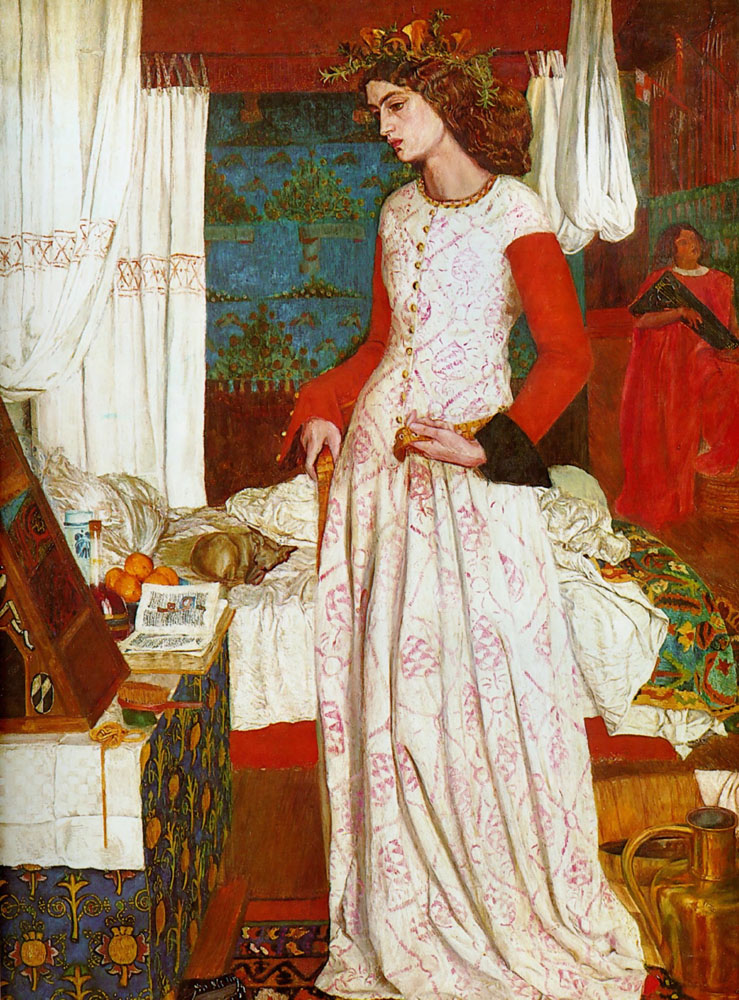|
Isotta Fraschini Tipo 8
The Isotta Fraschini Tipo 8 is an Italian luxury car made between 1919 and 1924. History The Isotta Fraschini Tipo 8 is an automobile introduced in 1919 by Isotta Fraschini, a company which underwent a complete change after World War I. Until that time building a wide variety of models, the company adopted a single-series policy. Like many high end vehicles of the day, the car came from Isotta Fraschini as a chassis only. Bodies were typically from Italy's top-tier coachbuilders, Carrozzeria Castagna and Cesare Sala, but other European and American coachbuilding firms lent their hands to the task of supplying bodies. It was the first serial produced car in the world to be equipped with a straight-8 engine. With this car the company gained great name and success as luxury car manufacturer. The main rival of the car was Rolls-Royce Limited, Rolls-Royce. The Tipo 8 was offered only with bare chassis and engine for the coachbuilders. Drivetrain The Tipo 8's 5.9-liter overhead val ... [...More Info...] [...Related Items...] OR: [Wikipedia] [Google] [Baidu] |
Isotta Fraschini
Isotta Fraschini () was an Italian luxury car manufacturer, also producing trucks, as well as engines for marine and aviation use. Founded in Milan, Italy, in 1900 by Cesare Isotta and the brothers Vincenzo, Antonio, and Oreste Fraschini, in 1955 it was merged with engine manufacturer Breda Motori and renamed F.A. Isotta Fraschini e Motori Breda. History The firm was named for its founders, Cesare Isotta and Vincenzo Fraschini, who had been importing Mors and Renault automobiles as well as Aster proprietary engines since 1899. The company they founded as Società Milanese Automobili Isotta, Fraschini & C. on 27 January 1900 had the stated purpose to "Import, sell, repair cars". Prior to establishing their own products in 1904, Isotta and Fraschini assembled cars very similar to Renaults, with Aster engines. They differed from the real Renaults in having a neater underslung front radiator arrangement. The first automobile bearing this marque featured a four-cylinder engine w ... [...More Info...] [...Related Items...] OR: [Wikipedia] [Google] [Baidu] |
Carrozzeria Castagna
Carrozzeria Castagna is an Italian coachbuilding company based in Milan, Italy. History The company history began in 1849 when Carlo Castagna bought the Ferrari coachbuilding business. Carrozzeria Castagna built the first coach automobile with a combustion engine (Benz quadricycle). Later the company worked with larger car manufacturers, including: Isotta Fraschini, Duesenberg, Alfa Romeo, Lancia, and Mercedes-Benz. The original company ceased in 1954. File:Lancia Astura front.jpg File:Lancia Astura rear.jpg Alfa 40-60 HP Aerodinamica.jpg, 1913 ALFA 40/60 HP Aerodinamica 1939 Alfa Pomeo 6C Castagna Berlinetta - fvr.jpg, 1939 Alfa Romeo 6C Castagna Berlinetta Isotta-Fraschini_Tipo_8A_Castagna_Landaulet.jpg, 1928 Castagna Imperial Landaulet (Isotta Fraschini chassis) Revival The company name was revived twice in the 1990s. In 1994, the Carrozzeria Castagna name was bought by a businessman Uberto Petra and Gioacchino Acampora, the latter an Italian automotive designer ... [...More Info...] [...Related Items...] OR: [Wikipedia] [Google] [Baidu] |
Isotta Fraschini Vehicles
Iseult (), alternatively Isolde () and other spellings, is the name of several characters in the legend of Tristan and Iseult. The most prominent is Iseult of Ireland, the wife of Mark of Cornwall and the lover of Tristan. Her mother, the queen of Ireland, is also named Iseult. The third is Iseult of the White Hands, the daughter of Hoel of Brittany and the sister of Kahedin. Name Her name is variably given as Iseult, Isolde, Yseult, Ysolt, Isode, Isoude, Iseut, Isaut (Old French), Iosóid (Irish), Esyllt (Welsh), Ysella (Cornish), Isolda (Portuguese, Spanish), Izolda (Serbian) and Isotta (Italian), among others. The oldest source, Béroul's 12th-century romance, spells her name as ''Yseut'' or ''Iseut''. The etymology is uncertain, with most sources linking it to the Old High German words ''īs'' ("ice") and ''hiltja'' (" battle"). Other writers derive it from a Brythonic *''Adsiltia'', "she who is gazed upon." Iseult of Ireland The Irish princess, Iseult of Ireland is the ... [...More Info...] [...Related Items...] OR: [Wikipedia] [Google] [Baidu] |
Inline 8
The straight-eight engine (also referred to as an inline-eight engine; abbreviated I8 or L8) is a piston engine with eight cylinders arranged in a straight line along the crankshaft. The number of cylinders and perfect primary and secondary engine balance resulted in smooth running, however there are several downsides relating to the significant length of the engine. Straight-eight engines were popular in luxury cars and racing cars in the 1920s to 1940s. During the 1950s, straight-eight engines were largely replaced by the more compact V8 engine design. Design A straight-eight can achieve perfect primary balance and secondary balance if an appropriate firing order is used. Like most other engines, torsional vibration of the crankshaft requires that a harmonic damper is installed on the crankshaft. at the accessory end of the crankshaft. As per other engines with 8 cylinders, the power delivery is smoother than engines with fewer cylinders. In the early 20th century, these s ... [...More Info...] [...Related Items...] OR: [Wikipedia] [Google] [Baidu] |
Overhead Cam
An overhead camshaft (OHC) engine is a piston engine where the camshaft is located in the cylinder head above the combustion chamber. This contrasts with earlier overhead valve engines (OHV), where the camshaft is located below the combustion chamber in the engine block. ''Single overhead camshaft'' (SOHC) engines have one camshaft per bank of cylinders. ''Dual overhead camshaft'' (DOHC, also known as "twin-cam".) engines have two camshafts per bank. The first production car to use a DOHC engine was built in 1910. Use of DOHC engines slowly increased from the 1940s, leading to many automobiles by the early 2000s using DOHC engines. Design In an OHC engine, the camshaft is located at the top of the engine, above the combustion chamber. This contrasts the earlier overhead valve engine (OHV) and flathead engine configurations, where the camshaft is located down in the engine block. The valves in both OHC and OHV engines are located above the combustion chamber; however an OHV en ... [...More Info...] [...Related Items...] OR: [Wikipedia] [Google] [Baidu] |
Overhead Valve
An overhead valve (OHV) engine, sometimes called a ''pushrod engine'', is a piston engine whose valves are located in the cylinder head above the combustion chamber. This contrasts with earlier flathead engines, where the valves were located below the combustion chamber in the engine block. Although an overhead camshaft (OHC) engine also has overhead valves, the common usage of the term "overhead valve engine" is limited to engines where the camshaft is located in the engine block. In these traditional OHV engines, the motion of the camshaft is transferred using pushrods (hence the term "pushrod engine") and rocker arms to operate the valves at the top of the engine. Some early intake-over-exhaust engines used a hybrid design combining elements of both side-valves and overhead valves. History Predecessors The first internal combustion engines were based on steam engines and therefore used slide valves. This was the case for the first Otto engine, which was first s ... [...More Info...] [...Related Items...] OR: [Wikipedia] [Google] [Baidu] |
Coachbuilder
A coachbuilder or body-maker is someone who manufactures bodies for passenger-carrying vehicles.Construction has always been a skilled trade requiring a relatively lightweight product with sufficient strength. The manufacture of necessarily fragile, but satisfactory wheels by a separate trade, a wheelwright, held together by iron or steel tyres, was always most critical. From about AD 1000 rough vehicle construction was carried out by a ''wainwright'', a wagon-builder. Later names include ''cartwright'' (a carpenter who makes carts, from 1587); ''coachwright''; and ''coachmaker'' (from 1599). Subtrades include ''wheelwright'', ''coachjoiner'', etc. The word ''coachbuilder'' first appeared in 1794. ''Oxford English Dictionary'' 2011 Coachwork is the body of an automobile, bus, horse-drawn carriage, or railway carriage. The word "coach" was derived from the Hungarian town of Kocs. Coachbuilt body is the British English name for the coachbuilder's product. ''Custom body'' i ... [...More Info...] [...Related Items...] OR: [Wikipedia] [Google] [Baidu] |
Rolls-Royce Limited
Rolls-Royce was a British luxury car and later an aero-engine manufacturing business established in 1904 in Manchester by the partnership of Charles Rolls and Henry Royce. Building on Royce's good reputation established with his cranes, they quickly developed a reputation for superior engineering by manufacturing the "best car in the world". The business was incorporated as Rolls-Royce Limited in 1906, and a new factory in Derby was opened in 1908. The First World War brought the company into manufacturing aero-engines. Joint development of jet engines began in 1940, and they entered production. Rolls-Royce has built an enduring reputation for development and manufacture of engines for defence and civil aircraft. In the late 1960s, Rolls-Royce was adversely affected by the mismanaged development of its advanced RB211 jet engine and consequent cost over-runs, though it ultimately proved a great success. In 1971, the owners were obliged to liquidate their business. The useful p ... [...More Info...] [...Related Items...] OR: [Wikipedia] [Google] [Baidu] |
Cesare Sala
Carrozzeria Italiana Cesare Sala was a Milan-based coachbuilder. They provided carriages for the Vienna court and bodies for Isotta Fraschini Isotta Fraschini () was an Italian luxury car manufacturer, also producing trucks, as well as engines for marine and aviation use. Founded in Milan, Italy, in 1900 by Cesare Isotta and the brothers Vincenzo, Antonio, and Oreste Fraschini, in 19 ... automobiles. Coachbuilders of Italy Manufacturing companies based in Milan {{Motorvehicle-company-stub ... [...More Info...] [...Related Items...] OR: [Wikipedia] [Google] [Baidu] |
World War I
World War I (28 July 1914 11 November 1918), often abbreviated as WWI, was List of wars and anthropogenic disasters by death toll, one of the deadliest global conflicts in history. Belligerents included much of Europe, the Russian Empire, the United States, and the Ottoman Empire, with fighting occurring throughout Europe, the Middle East, Africa, the Pacific Ocean, Pacific, and parts of Asia. An estimated 9 million soldiers were killed in combat, plus another 23 million wounded, while 5 million civilians died as a result of military action, hunger, and disease. Millions more died in Genocides in history (World War I through World War II), genocides within the Ottoman Empire and in the Spanish flu, 1918 influenza pandemic, which was exacerbated by the movement of combatants during the war. Prior to 1914, the European great powers were divided between the Triple Entente (comprising French Third Republic, France, Russia, and British Empire, Britain) and the Triple A ... [...More Info...] [...Related Items...] OR: [Wikipedia] [Google] [Baidu] |
Isotta Fraschini Tipo 8A
The Isotta Fraschini Tipo 8A is a luxury car made by the Italian manufacturer Isotta Fraschini from 1924 until 1931. It was the successor to the Tipo 8 model, with a new 7.3 litre straight-eight engine to replace the 5.9 litre unit used in the previous model. This new engine could produce . This was the most powerful mass-produced straight-8 engine in the world at that time. The Tipo 8A was offered only with bare chassis and engine for the coachbuilders. The Isotta Fraschini car company promised that every car could do . The car was very luxurious and it cost more than a Model J Duesenberg. Around one third of these cars were sold in the United States. The characteristic car body was made by Swiss manufacturer Carrosserie Worblaufen. File:1928 Isotta Fraschini Tipo 8A half page ad.jpg, 1928 Isotta Fraschini Tipo 8A half page ad File:1930 Isotta fraschini Motors Ad.jpg, 1930 Isotta Fraschini Tipo 8A ad Drivetrain The Tipo 8A's inline 8-cylinder engine displacement was up to ... [...More Info...] [...Related Items...] OR: [Wikipedia] [Google] [Baidu] |
Isotta Fraschini Tipo 8 Engine
Iseult (), alternatively Isolde () and other spellings, is the name of several characters in the legend of Tristan and Iseult. The most prominent is Iseult of Ireland, the wife of Mark of Cornwall and the lover of Tristan. Her mother, the queen of Ireland, is also named Iseult. The third is Iseult of the White Hands, the daughter of Hoel of Brittany and the sister of Kahedin. Name Her name is variably given as Iseult, Isolde, Yseult, Ysolt, Isode, Isoude, Iseut, Isaut (Old French), Iosóid (Irish), Esyllt (Welsh), Ysella (Cornish), Isolda (Portuguese, Spanish), Izolda (Serbian) and Isotta (Italian), among others. The oldest source, Béroul's 12th-century romance, spells her name as ''Yseut'' or ''Iseut''. The etymology is uncertain, with most sources linking it to the Old High German words ''īs'' ("ice") and ''hiltja'' (" battle"). Other writers derive it from a Brythonic *''Adsiltia'', "she who is gazed upon." Iseult of Ireland The Irish princess, Iseult of Ireland is the ... [...More Info...] [...Related Items...] OR: [Wikipedia] [Google] [Baidu] |



.jpg)
